It must have been white knuckle time for those aboard the Canadian Pacific Douglas DC-8. Going supersonic in an airliner not designed for flight above the speed of sound certainly has an element of risk.
Health and safety regulations today might prevent such a flight, but back in the 1960s things were different. Test pilot Bill Magruder had the idea and so the decision was made – let’s try to get the DC-8 above Mach 1 on a test flight.
A Supersonic Douglas DC-8
Why would they do this? Well, to show that the plane wouldn’t fall apart at such speeds, of course! The people at Douglas decided to use an aircraft destined for Canadian Pacific, which was registered N9604Z in flight testing. It was a Douglas DC-8-42, powered by four Rolls-Royce Conway engines.
Overall Thoughts
The full story about the supersonic Douglas DC-8 is in Air & Space Magazine online here. Flight test engineer Richard H. Edwards gives a first hand account of the flight, and it’s well worth the read.
After the flight, the aircraft was delivered to Canadian Pacific on 15 November 1961 and received the Canadian registration CF-CPG. First it was named Empress of Montreal and later Empress of Buenos Aires with CP Air (as the airline became known). It was withdrawn from service in 1980 and scrapped the following year.
Did you know that a Douglas DC-8 had gone supersonic? Thank you for reading and if you have any comments or questions, please leave them below.
Like planes? See my “Does anyone remember” series.
Flight reviews your thing? Mine are all indexed here.
Follow me on Facebook, Twitter and Instagram.
Featured image via Skythings on Diecast Aviation Forum.
Canadian Pacific ground shot via The Mighty Eight.
Inflight with F-104 via The Aviation Geek Club.


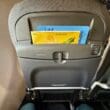
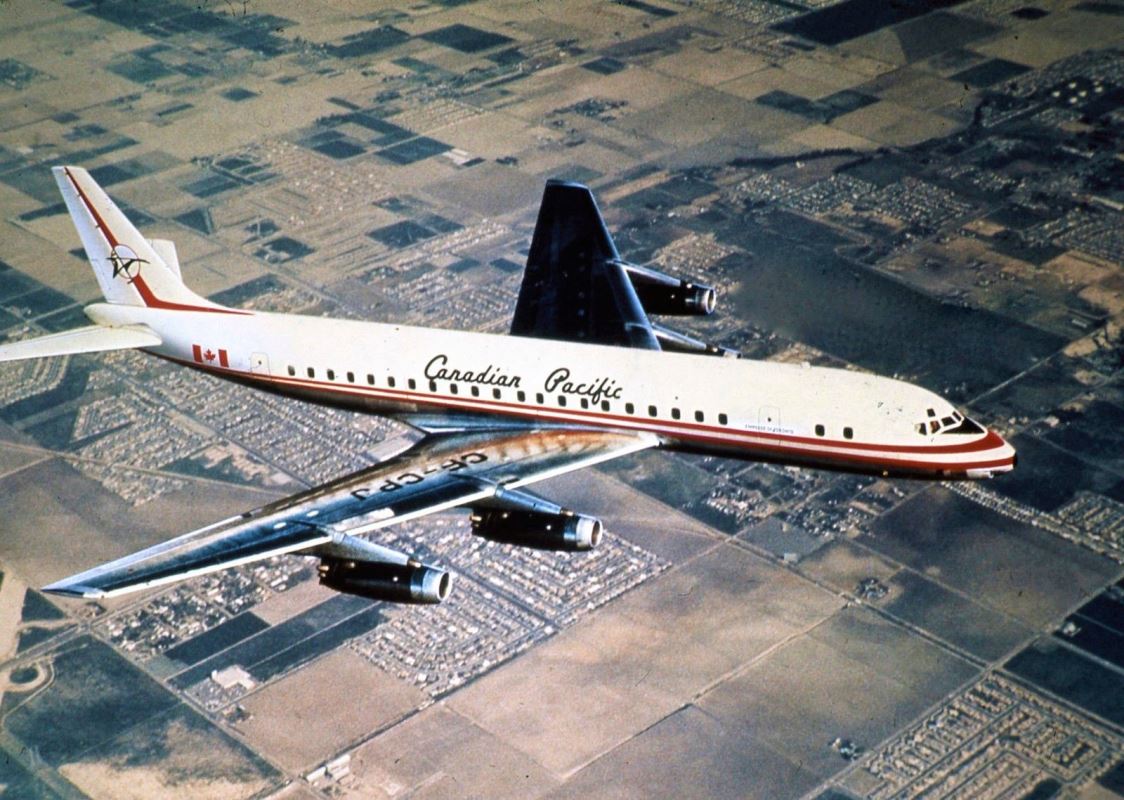
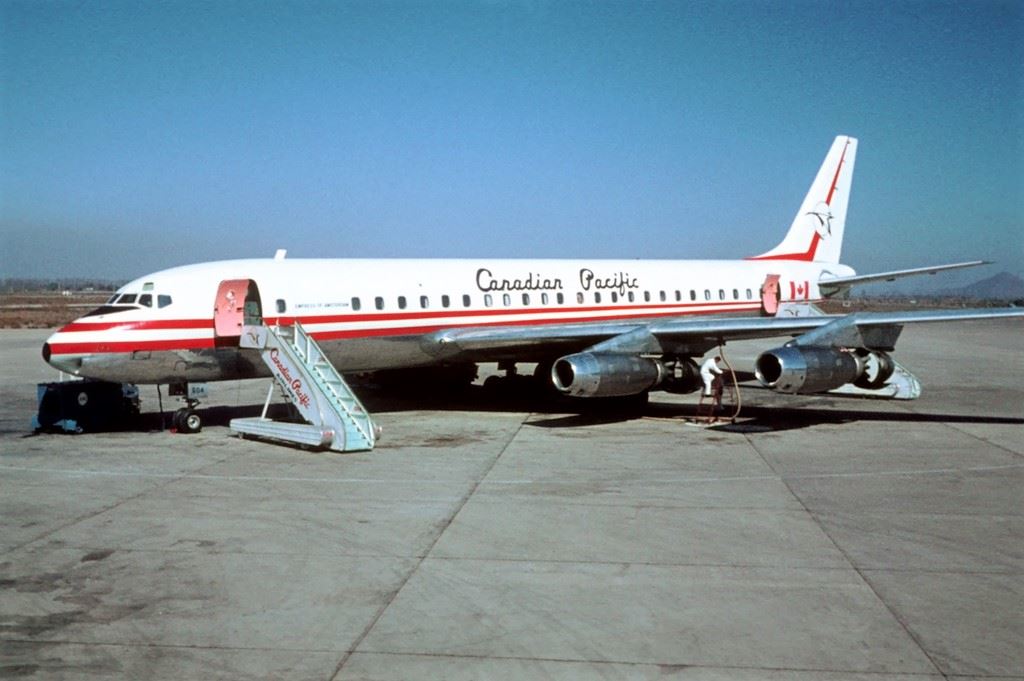
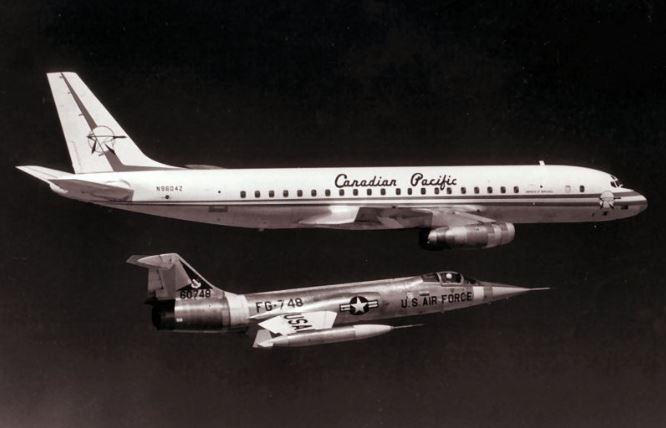
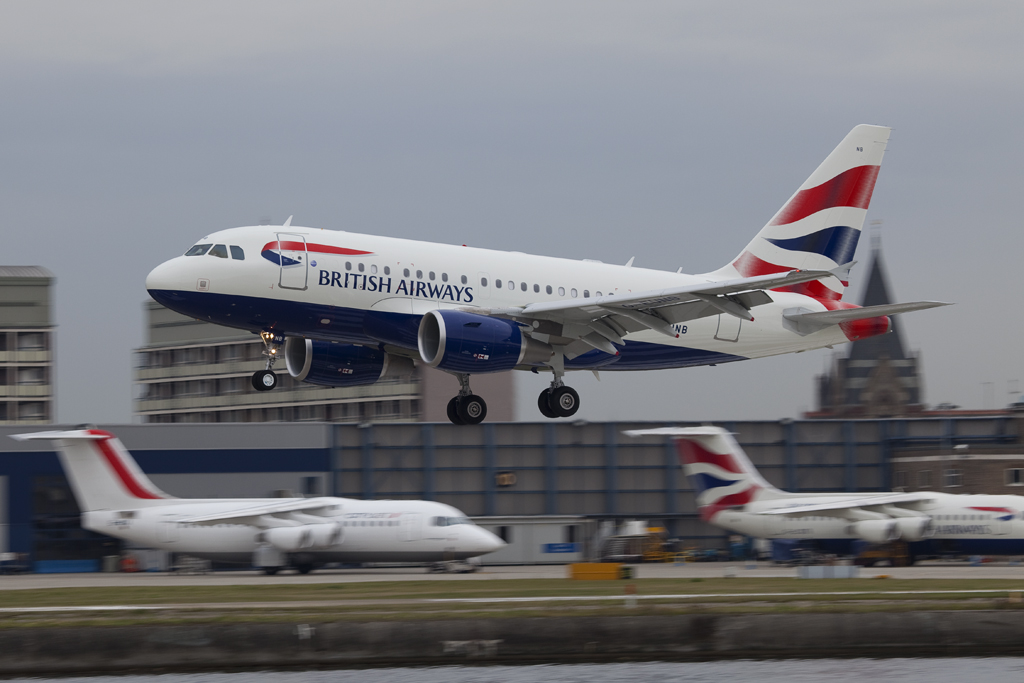
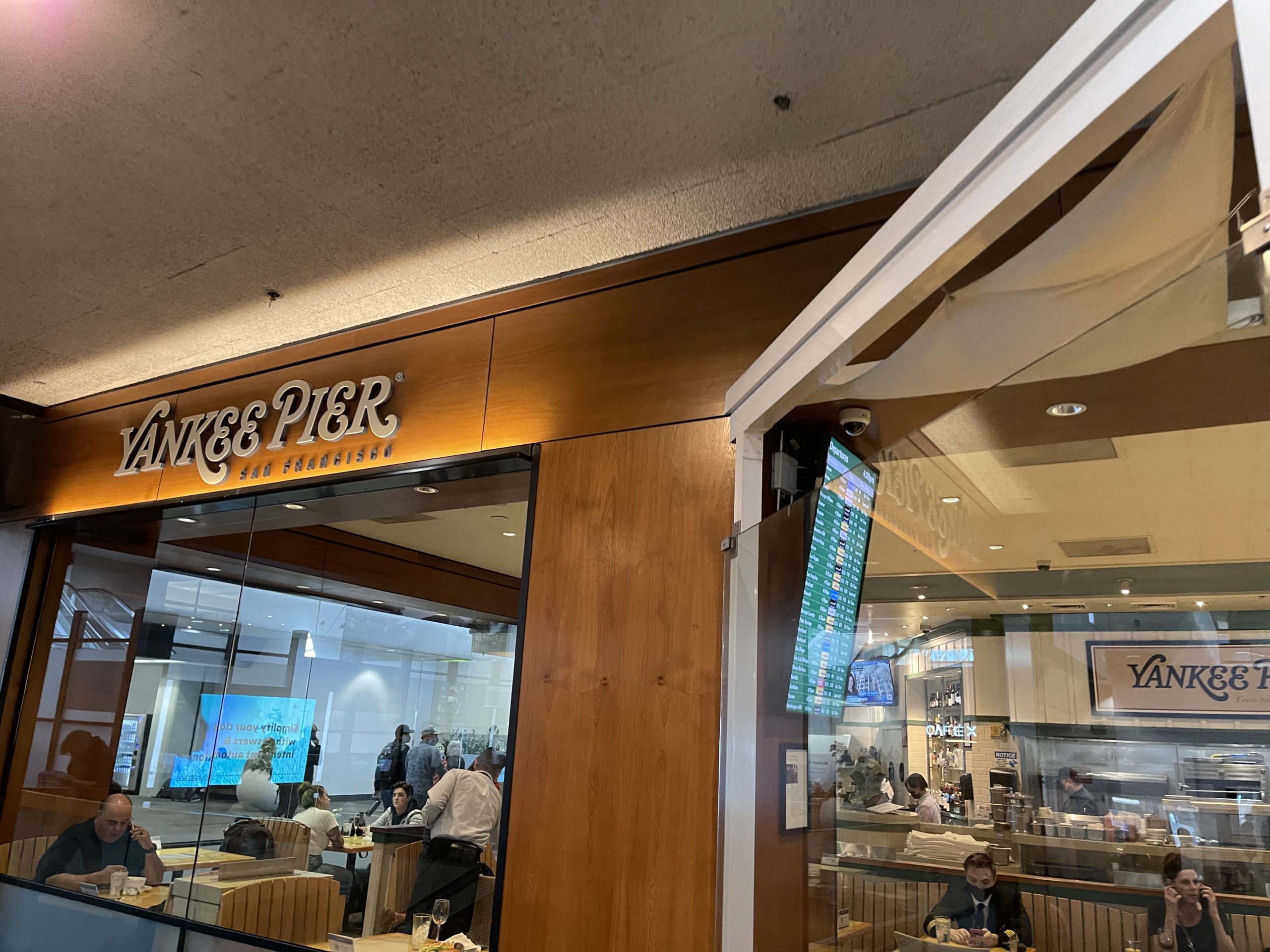
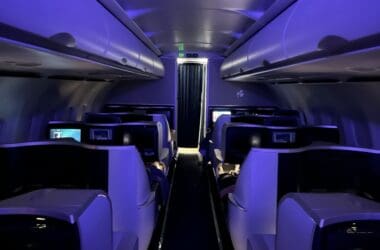
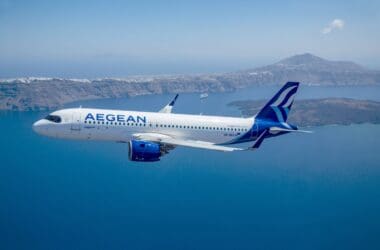
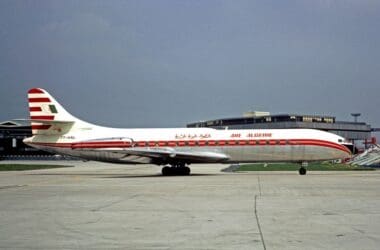


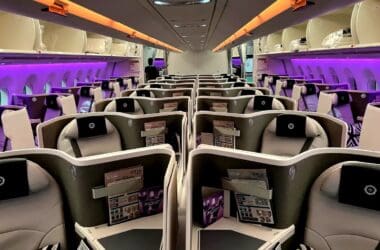
Really interesting. I wonder if CP was edgy about any possible damage to the plane as a result of the stress. If the plane had crashed under mysterious circumstances it might have been pretty gruesome for the airline. I know that I’d be reluctant to let anyone test the stress limits of my car, for example, and a plane inherently has more restrictions.
Yes, especially considering they promptly cancelled their orders for the de Havilland Comet 1A when one was lost in an accident on its delivery flight. Perhaps they weren’t so shy then, or maybe they just didn’t know. Be curious to find out!
I knew about the supersonic flight but the DC-8 never flew supersonic in level flight nor in regular flights on a planned basis.
Yes, it was a one off, as you said.
Cool story. A thousand dollars was a lot of money back then, although that was certainly offset by the possibility of the plane breaking up in the air and crash recovery personnel having to retrieve their bodies in a field somewhere. The DC-8 did just the bare minimum (Mach 1.01) needed to claim supersonic flight, but cool it was escorted by Chuck Yeager.
Yes, I wasn’t aware of the Chuck Yeager link myself until researching this. Definitely interesting, that’s for sure!
I remember reading about that years ago. Quite the achievement which might have prompted a tagline along the lines of: “We won’t be late, it’s a DC-8.” But you know how something like that could be used against you in the real world.
Definitely a pretty cool thing all round. Would have been an interesting ride, especially flying up front.